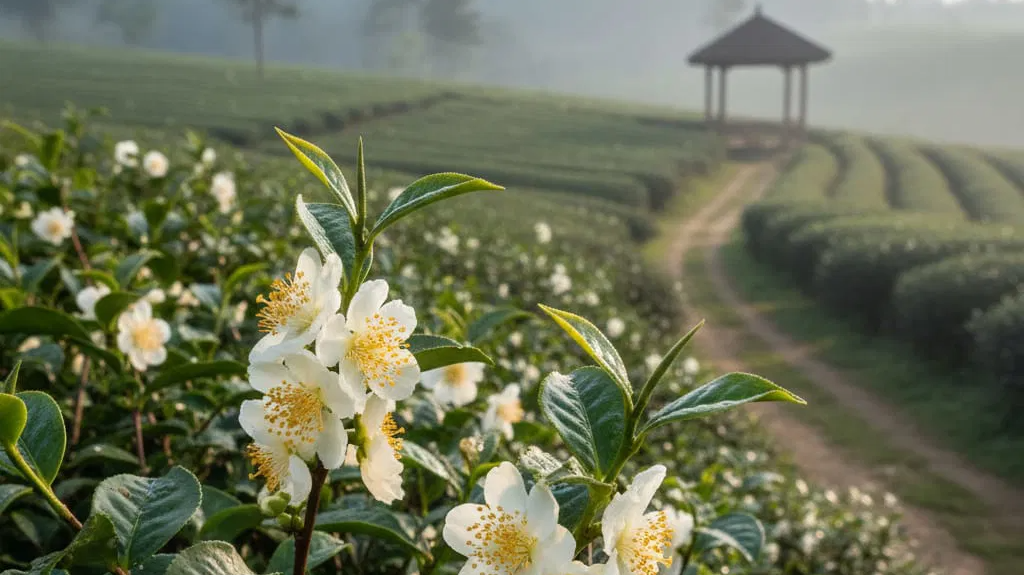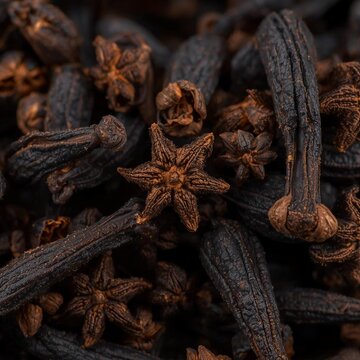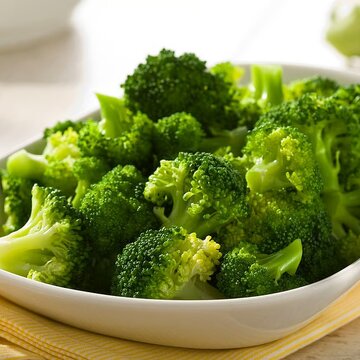Nagaland University’s research team has underscored an often-ignored part of the tea plant which is the blossom. The delicate, fragrant flowers, usually thrown away during reaping, have now been found to bear potent bioactive combinations. This discovery may change the course how we view, consume, and value tea beyond its familiar leaves.
Why blossoms? The science beneath the petals
According to EastMojo, unlike the familiar green and black tea leaves, the blossoms of the tea plant have noticed little scientific attention. The study found out that tea blossoms constitute increased antioxidant levels and little caffeine percentage than the leaves commonly used for brewing. These characteristics make them demanding for consumers who are asking for gentle stimulation without jitters, and health advantages associated with antioxidants.
The researchers experimented blossoms acquired from premium cultivars and examined their chemical profiles. They found high content of polyphenols, terpenoids, catechins, and L-theanine, the compounds that will help in mental clarity, stress reduction, and cardiovascular support. The study indicates that in mixture, these components can make a compelling case for the blossoms to take their place in nutraceuticals and useful beverages.
Agricultural, economic & environmental implications
If tea blossoms develop from waste to value chain ingredient, the ripple effects could be transformative. The small-scale tea growers, especially across Assam and the Northeast, may find out a new way of income by harvesting blossoms rather than discarding them.
The research also aligns with rising global need for plant-based, eco-conscious health products. The consumers seek “clean-label” ingredients which is a natural extract from tea blossoms proposes both originality and allure.
Nagaland University’s work on tea blossoms marks a favorable pivot in how we perceive the tea plant. From waste to wellness ingredient, the blossoms may soon assert their own place in cups, supplements, and labelling charts.











